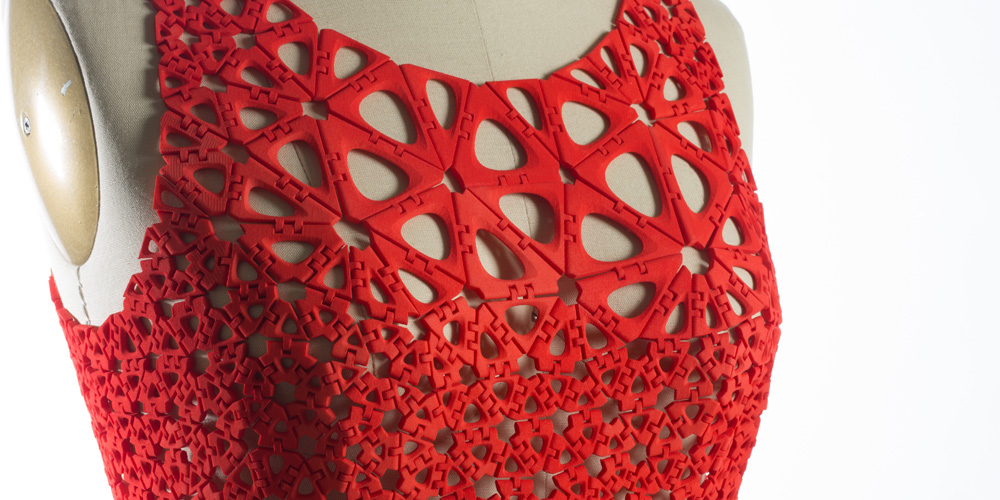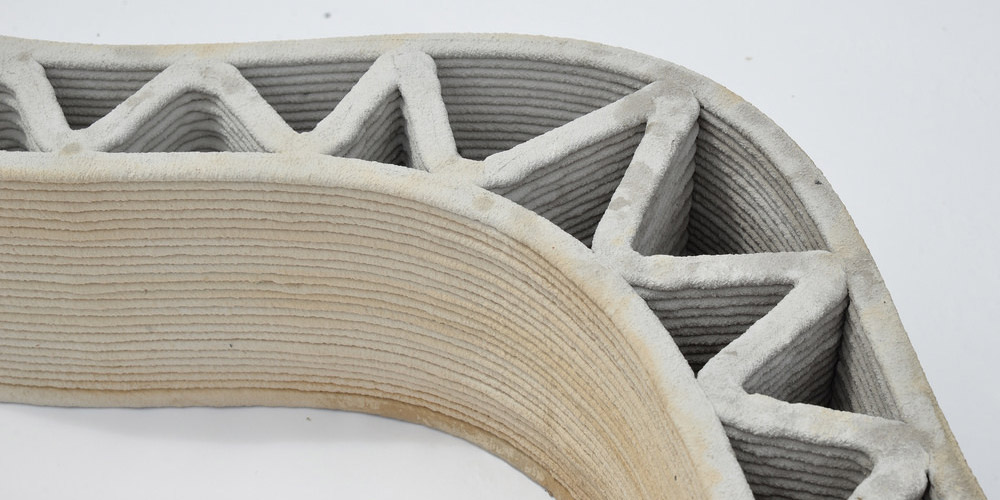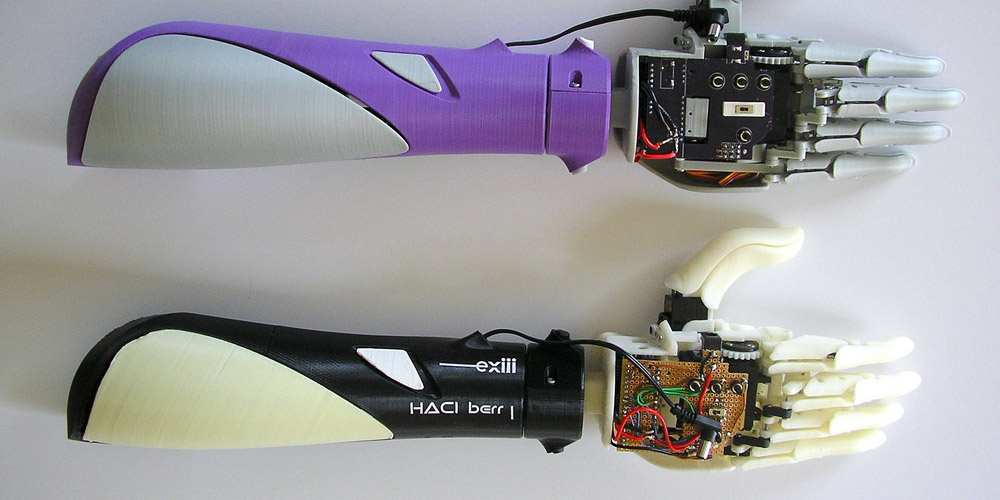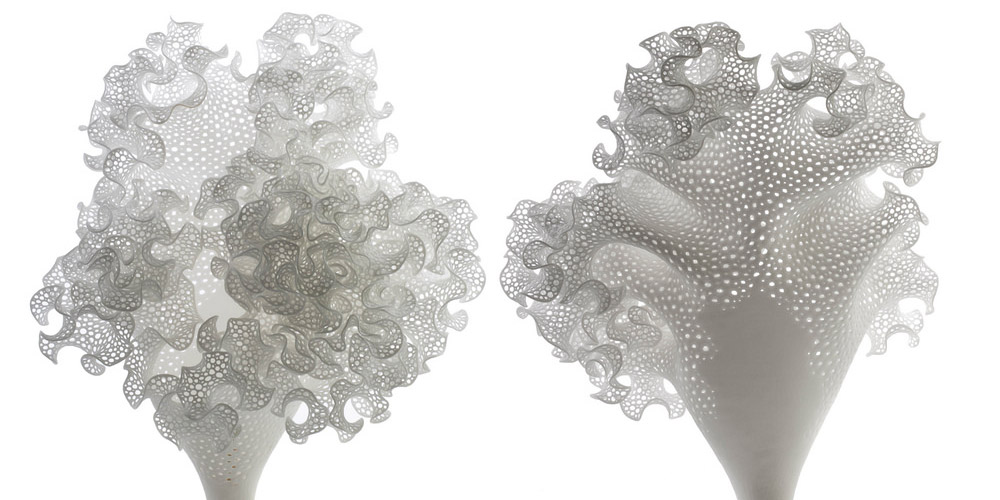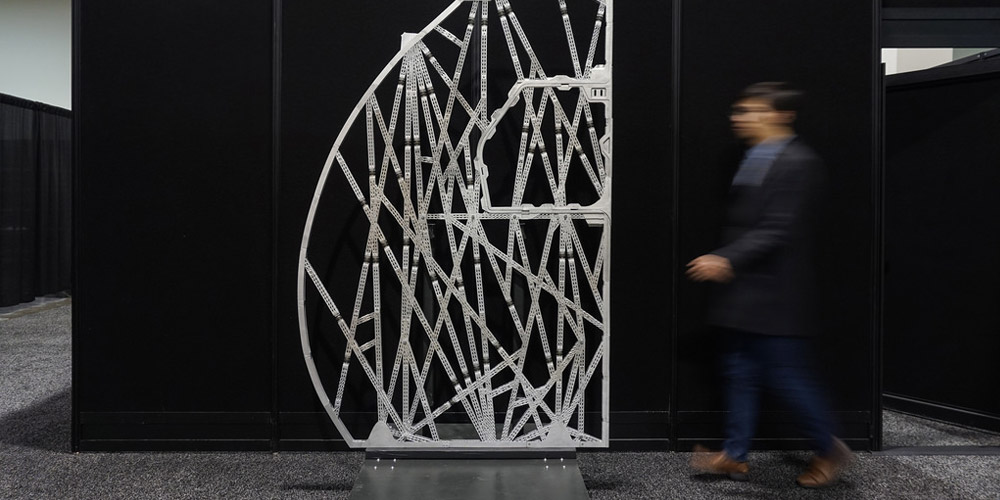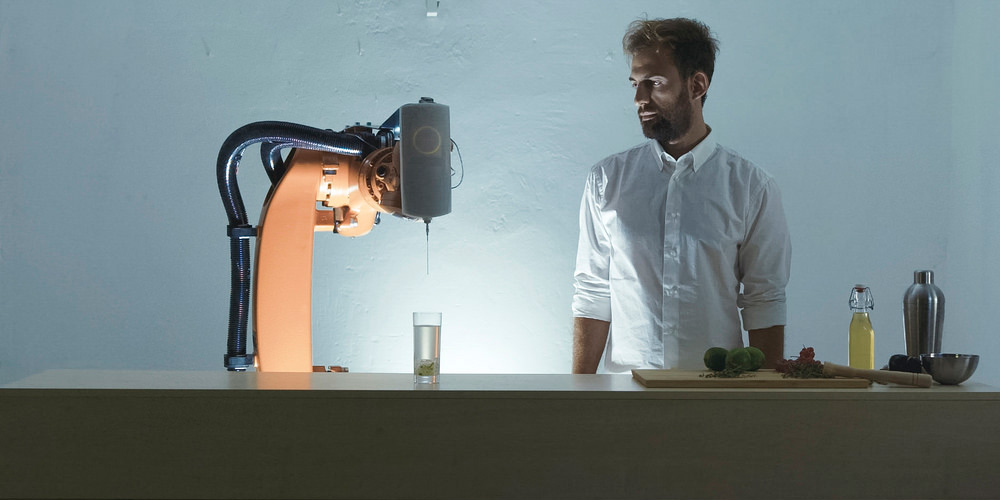
The international Association for Robots in Architecture is originally a spin off association of Vienna University of Technology. Its goal is to make industrial robots accessible for the creative industry, artists, designers and architects, by sharing ideas, research results and technological developments.

